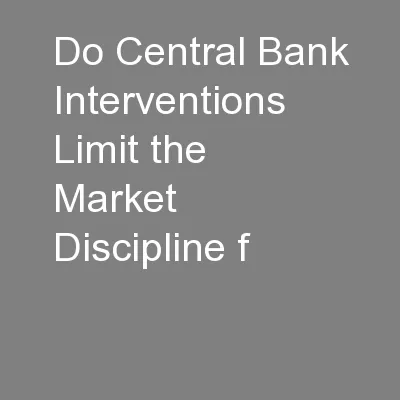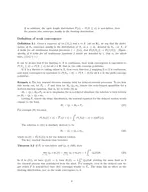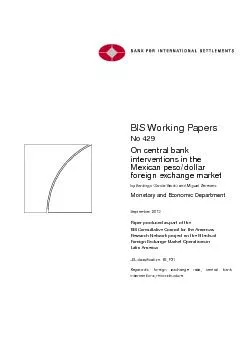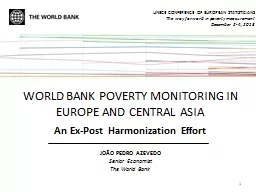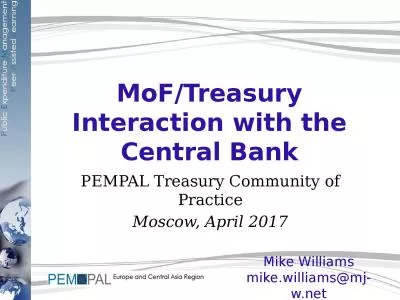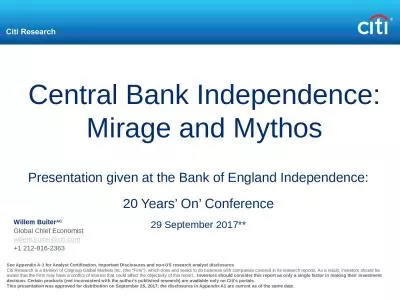PPT-Do Central Bank Interventions Limit the Market Discipline f
Author : calandra-battersby | Published Date : 2016-08-06
Viral V Acharya NYU Diane Pierret HEC Sascha Steffen ESMT International Atlantic Economic Society Milan 14 March 2015 Motivation The economy in the Eurozone
Presentation Embed Code
Download Presentation
Download Presentation The PPT/PDF document "Do Central Bank Interventions Limit the ..." is the property of its rightful owner. Permission is granted to download and print the materials on this website for personal, non-commercial use only, and to display it on your personal computer provided you do not modify the materials and that you retain all copyright notices contained in the materials. By downloading content from our website, you accept the terms of this agreement.
Do Central Bank Interventions Limit the Market Discipline f: Transcript
Download Rules Of Document
"Do Central Bank Interventions Limit the Market Discipline f"The content belongs to its owner. You may download and print it for personal use, without modification, and keep all copyright notices. By downloading, you agree to these terms.
Related Documents

